The FN FAL battle rifle is one of the most widespread and significant military small arms of the second half of the 20th century. First made by Fabrique Nationale Herstal (FN) of Liege, Belgium, the FN FAL has been used by the military forces of more than 90 different nations and manufactured or assembled in at least a dozen.
Introduction
In many ways, the FAL was the autoloading equivalent of the immortal Mauser Model 98 bolt action rifle, which saw a similarly diverse level of adoption and production in the pre-World War II era. FN has been a major international military arms factory since the 1890s.
The origin of the Fusil Automatique Leger (FAL) goes back to before World War II. Between the world wars, Fabrique Nationale became one of the world’s foremost weapons development and manufacture centers. This came about because the Treaty of Versailles ended World War I, limiting German arms manufacturers. FN’s prominence was also greatly enriched due to the company’s close association with the incomparable firearms design genius, John M. Browning.
One of Browning’s proteges at FN was Dieudonne Salve, an engineer in the design and development department. Salve was co-designer with Browning of the great Grande Puissance pistol, better known as the Browning Hi-Power. Indeed, Salve had as much to do with the P-35’s excellence as Browning himself.
Gas Operation
After Browning’s death, Salve continued to work on designs for advanced small arms in several areas. One of these was a gas-operated semiautomatic rifle featuring a rear locking, tilting bolt, and an operating rod mounted above the barrel. Whether by chance or design, the Russian Tokarev rifle of about the same development period also uses the same basic operating system. Which came first is unknown, but one suspect is that the Soviets got wind of the Belgian project and copied it.
The excellence of the “tilting bolt” locking and operating system is evident when one realizes that it was also used successfully in the Swedish Ag 42 Ljungmann, the Egyptian Hakim and Rashid, the Soviet SKS, the French MAS 44, 49 and 49/56, the Russian Tokarev Model 38 and 40, and others.
FN officially introduced Salve’s semiautomatic rifle in 1940, but the Nazis occupied Belgium before it could be put into production. Had it been in production, there is little doubt that the Germans would have adopted and produced it for their use as they did with the Browning Hi-Power.
Salve escaped to England, taking the plans for the new rifle with him. Working with British ordnance engineers, Salve made several tool room models of what would later become the FAL. These early prototypes were chambered for the 8mm Mauser cartridge.
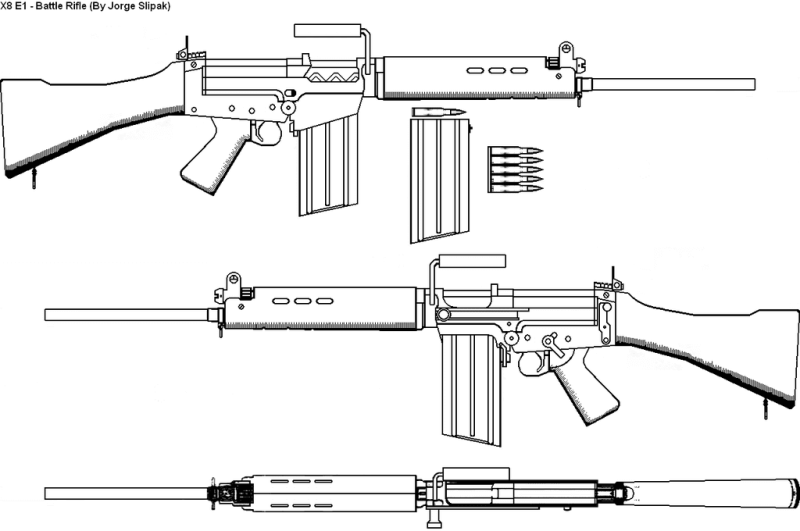
It appears that the main problem that kept the British from developing the rifle further or putting it into production was the fact that the rifle was designed to use rimless cartridges, like the 8mm Mauser and .30-’06, and could not be readily modified to handle the standard British .303, which is a rimmed cartridge.
Changing rifle cartridges in the middle of the war was inconceivable. It was also pointed out that if they were going to change cartridges, it should be to the .30-’06 since that was the cartridge of their major ally. And if you’re going to change, it would make more sense to build M1 Garands, a fully developed and tested design. So Salve’s rifle was shelved until after the war.
Post-War Progenitor
After the war, the rifle was named the SAFN (Semi-Automatic FN) and was adopted by Belgium as the M1949, chambered in .30-’06. Foreign export sales were made of this excellent rifle to Venezuela in 7×57, Argentina in 7.65×53, Egypt in 8×57, Luxembourg, Brazil, and Columbia in .30-’06. The SAFN saw successful combat use in the Korean War with Belgian and Egyptian forces in the Israeli attack on the Sinai in 1956.
While the SAFN rifle was the approximate equivalent of the M1Garand, experience in World War II with the German 7.92mm Kurtz Stg44 assault rifle indicated, to many of the forward-thinking arms designers, including Salve, that a selective fire assault rifle chambered for an intermediate cartridge was the infantry rifle of the future.
As a result, Salve took his well-proven SAFNN design, chambered it for the short 7.92mm Kurtz round, and reconfigured the rifle to have a readily detachable magazine, a straight line buttstock with a different pistol grip, and a selective fire capability. This was the first version of the FN FAL rifle.
Standard Cartridge
In the post-war period, England and other countries still issued bolt action rifles and were anxious to adopt a self-loading rifle while the US dragged its feet. Meetings as early as 1947 between the U.S., Canada, and Great Britain emphasized the desirability of adopting a standard rifle and cartridge.
British ordnance took the exciting approach of developing a bullpup rifle, a selective fire assault rifle called the EM2, chambered for a short 7mm cartridge of moderate power. Salve and Fabrique Nationale. Followed suit with an FN FAL chambered for the same cartridge, and another .280 FAL reconfigured as a bullpup.
The .280 EM2 and the .280 FAL were tested at Ft. Benning, Ga., in 1950. The Army testers strongly objected to the .280 cartridge. Their official report said, “Battle experience has proven beyond question the effectiveness of the present rifle and ammunition, and there have been no changes in combat tactics which would justify a reduction of rifle caliber and power.”
Even by the Army’s longstanding tradition of preparing to fight the last war instead of the next, the last half of that statement was ridiculous. It was particularly absurd considering the demonstrated effectiveness of the German Stg44 and its intermediate-powered cartridge, as well as the fact that the US Ordnance Department had recommended, for all the right reasons, the adoption of a mid-powered 7mm rifle round similar to the British .280 round as early as 1932.
The Soviet Union adopted the 7.62×39 intermediate cartridge in 1945 and the AK-47 selective fire assault rifle chambering that rounds only a few years later. This fact makes the Army’s statement seem incredibly ignorant and short-sighted.
British Move First
The British went ahead and officially adopted the EM2 and its .280 cartridge in 1951 but waited to see what the Americans would develop. They came up with a couple of candidate rifles, the T44 based on the M1 Garand and the T47 based loosely on the BAR, and a .30 T65 cartridge that had virtually the same ballistics as the .30-’06 but in a shorter case.
Faced with the plan’s collapse to adopt a common rifle and cartridge, the British and American governments reviewed the program. As a result, the Brits withheld the adoption of the .280 cartridge and rifle, pending further testing to resolve the differences.
The EM2 and the FN FAL were modified to chamber the US T65 round and improved versions of the tile British .280 round. In December 1953, following extensive testing in England, a committee representing the newly formed North Atlantic Treaty Organization (NATO) bowed to US pressure. It recommended the adoption of the .30 T65 cartridge. The following year it was officially adopted as the 7.62mm NATO.
Thus, because of US pressure and influence, the FN FAL evolved from a lightweight, selective fire assault rifle firing an intermediate cartridge to a full-size battle rifle firing a cartridge ballistically equivalent to the .30-’06.
First U.S. FAL
The American T47 rifle was dropped during the testing, and the FN FAL greatly outperformed the EM2. When the US showed interest in the redesigned FAL in .308, it soon became the most promising candidate for a standard NATO rifle.
Britain ordered 3.000 FALs for troop trials in late 1953. Similarly, the US ordered 3,000 FN FALs and 200 heavy barreled bipod equipped squad automatic versions for testing against the sole remaining US entry, the T44. The T44 was a vastly improved M1 Garand.
The US requested minor modifications on their FALs, including a stripper clip guide built into the bolt cover to quickly recharge the magazine in the rifle. This feature became standard on the FAL’s Canadian C1 and C1A1 versions. The US test FAL was designated the T48.
Belgium and the British Commonwealth nations officially adopted the .308 FAL standard in 1954 to influence the US to adopt a common rifle and the new NATO cartridge. Instead, we continued testing and developing both the T44 and T48.
High Standard manufactured 13 FALs to US specifications, including changing the metric to the inch pattern.
M14 Gets The Nod
Harrington & Richardson was awarded an educational contract to manufacture 500 T48 rifles to discover if any unforeseen problems might develop from mass production. After extensive troop trials, including arctic tests, the Test Board declared that the T44 and T48 were suitable for adoption.
Finally, in the spring of 1957, the US Army announced, “The performance of both weapons (T44 and T48) throughout the tests was superior to that of the M1 rifle, and there were only marginal differences between the two.
“The major factors favoring the T44 are that it is one pound lighter than either the M1 or the T48 and is considered better suited for American transition to both mass production and training than the Belgian design.”
Put into plain language, the T44 could be made on much of the same tooling as already available for the M1, and the T44’s conventional stock configuration allowed the same or similar shooting positions, shooting techniques, drill, and manual of arms as the Garand.
Little consideration seems to have been given to the desirability of having a rifle like that of our major allies. Most objective observers feel that the latter should have been given more weight and the we should have adopted the FAL. I tend to agree.
7.62mm Force Feeding
However, I feel that the absolute travesty was not that the US ignored the FAL but rather that we forced the new .308 cartridge down the throats of the other NATO countries, which wanted to adopt an intermediate assault rifle cartridge instead.
In effect, the FN FAL—which promised to be a genuinely superior selective fire assault rifle chambered for a 7mm cartridge—became a much bigger and heavier conventional rifle firing a full-powered rifle round.
Our insistence on the .308 doomed the FN FAL to a reputation as a poor weapon for full-auto fire. Indeed, many, if not most, FALs were manufactured as semi-auto because they were uncontrollable on full automatic because of the substantial recoil of the .308.
The west officially adopted the T44 as the M14, and the hope for a standard NATO rifle was dashed forever. The M14 began production in late 1959. The other major powers went their separate ways, with the FAL being the big winner.
No sooner had those countries committed to the FN FAL or another rifle than America halted production of the M14 in 1964 and started to procure large quantities of M16s to replace it!
Ironically, the M16 is a selective fire assault rifle with a straight line stock, like the FAL, and chambered for an intermediate cartridge, like the original FN FAL.
FN FAL In Combat
The first combat use of the FN FAL was probably by the British in the early ’50s in Malaysia with some of their original test models. It immediately gained a loyal following in that counter-insurgency war. Its first use as an officially adopted weapon was in 1958 by British troops deployed to Cyprus with the L1A1 version of the FN FAL to put down the fighting between the Greek and Turkish factions.
It is not commonly known, but the FAL was produced in another chamber besides .308 early in its production career, in 1954. Venezuela was one of the first purchasers of the FAL, which is not surprising since they had been major purchasers of the FN SAFN in 7×57.

However, the Venezuelans had been so pleased with the 7mm rifle cartridge that they ordered their FAL rifles chambered for a 7mm cartridge called the 7×51 (or 7×49, depending on the reference). It consisted of a .308 necked down to 7mm, practically identical to the 7mm-08 Remington sporting rifle cartridge introduced 26 years later.
When it became obvious that the .308 would become the dominant rifle and machinegun cartridge, Venezuela dropped the 7×51 and rebarreled their rifles to the NATO round. Fabrique Nationale soon dropped the 7mm chambering as well.
The FN FAL quickly became the dominant new rifle in Europe, South America, Africa, the Middle East, and much of Asia. However, it was then that FN made a significant marketing mistake that would ultimately backfire and cost them a tremendous amount of business.
German Denial
West Germany purchased test lots of the FAL in 1957 and was very happy with the guns. They called their version the Gewehr- 1 or G1. The government had every intention of adopting the rifle to completely rearm the Bundeswehr, Germany’s defensive Army.
However, when the Germans approached the Belgian management of FN to obtain a manufacturing license, it was summarily denied. The denial resulted from grudges held against the Germans for the Nazi invasion and occupation of Belgium.
The Germans began to look for other options and decided to go with the Spanish CETME rifle, based on German designs brought to Spain by refugees of the Nazi arms industry. The West German government quickly obtained permission to manufacture and market the CETME rifle and soon had it in production by Rheinmetall and Heckler & Koch (HK) as the Gewehr 3 or G3.
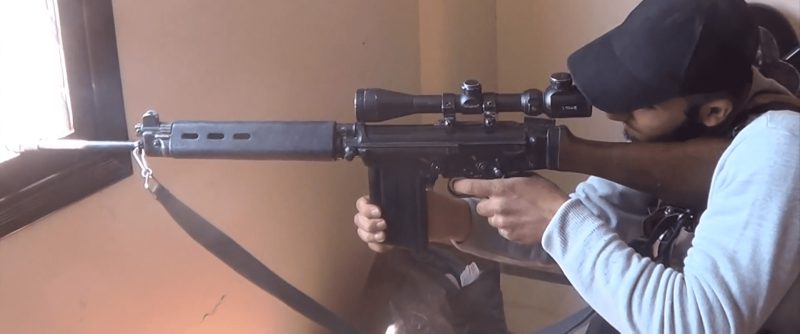
Heckler & Koch marketed the G3 aggressively against the FN FAL. The G3’s primary appeal was its relatively inexpensive tooling and the ease of manufacturing in an unsophisticated or small industrial base. Also, licenses to manufacture it were easier and cheaper to obtain.
As a result of this aggressive marketing by HK, many countries that perhaps would have adopted the FN FAL instead opted for the G3. Indeed, 38 countries that purchased FN FALs ended up switching to G3s, not because the gun was necessarily better, but primarily because it was cheaper.
Very likely, if the West Germans had been licensed to produce the FN FAL in the first place, they would have instead marketed the FN FAL around the world, and the FN FAL would have dominated much more than it did.
Nevertheless, the FN FAL was still used by more nations than the G3, even though the G3 was manufactured in slightly more countries.
Inch Vs. Metric
There are many variations of the FN FAL. Virtually all FN FALs can be broken down into two broad categories: metric pattern and inch pattern. The inch pattern takes in British Commonwealth manufacturers, including Enfield and BSA in England, Longbranch Arsenal in Canada, Lithgow Arsenal in Australia, and Ishapore Arsenal in India.
All of the rest—except for the few test models made in the US- are metric patterns. The metric countries of manufacture include Belgium, Israel, Austria, Argentina, Brazil, Mexico, South Africa, and Venezuela. According to the best technical intelligence available, the FN FAL is no longer in production anywhere in the world except for Brazil and the US by DS. Arms, although production of spare parts is still being conducted at several locations.
There is little difference between the metric and inch pattern rifles for all practical purposes. Most parts seem to interchange reasonably well. Typically, inch pattern rifles are set up so that the bolt does not lock back on the last shot while the metric guns do.
Also, inch pattern FN FALs typically have a folding cocking handle, while their metric brothers do not. The most significant difference between the two is in the magazines. The inch pattern FALs have heavier duty magazines than metric magazines. On the front of the magazine, inch patterns have a broad, solid metal lip that supports the front of the magazine well. Metric pattern magazines have a much smaller, less robust lip punched out of the front of the magazine.
The latter will usually lock into the mag well of inch-type rifles, although sometimes rather loosely, but inch-type magazines will not fit into the metric well.
I tend to favor inch pattern FN FALs because they can use either type of magazine and their magazines are more robust. However, most of the world’s FN FALs are metric patterns, so magazines and parts for them should be easier and cheaper to obtain.
It would be tough to find a military conflict between 1958 and now where the FAL was not on one or both sides in at least small numbers. Some notable uses were in the Cyprus and Aden conflicts, the Congolese blood bath; Castro’s Cuban revolution, the insurgencies in Angola, Guinea, and Mozambique, the Nigerian Civil War, the Israeli Six-Day and Yom Kippur Wars, Vietnam, the Falkland Islands, the Iran-Iraq War, the Rhodesian War, the India-Pakistani War, and Operation Desert Storm.
Speaking of Desert Storm, the new British L85A1 bullpup assault rifle performed so poorly that an emergency call went out for the British version of the FAL, the LIAI, and many were rushed back into service.
In Vietnam, the primary FAL users were Australians. It was my experience that the Aussies generally preferred their LIAI FALs for combat patrols over the M16, which they could optionally carry.
Semi Selector
Virtually all inch pattern FALs and metric patterns were issued with semiautomatic selectors only. The FN FAL is too light to be controllable when fired full auto with a cartridge as powerful as the .308, except at the closest ranges.
However, many countries that used the FAL did adopt heavy barreled versions with bipods as a squad automatic weapon, often with 30-shot magazines. While these rifles were not up to a BAR, or especially a Bren gun standard, they were reasonably effective in that role.
Early on, many semi-auto FALs were imported into the US, but the ATF stopped that because most military FALs could accept the parts to convert them to selective fire.
Since then, the only FALs allowed in have been redesigned to not readily convertible to automatic fire. That is why you will see different surplus FAL parts kits, but not whole rifles. These parts kits may be legally assembled onto the US or foreign-made receivers into a FAL in a “sporter” configuration. Contact the ATF for what constitutes a “sporter” because the laws and rulings are far too confusing to address here.
FN FAL Para
Because the bolt return spring of the FAL is in the rifle’s buttstock, FN had to relocate that spring to the upper receiver before producing a folding stock version for paratrooper or mechanized vehicle use.
The folding stock that they developed for the purpose is one of the best in the business. There are many other minor variations, including stocks, sights, bipods, flash suppressors, grenade launchers, muzzle brakes, finishes, slings, and further details, depending on the country of origin or use.
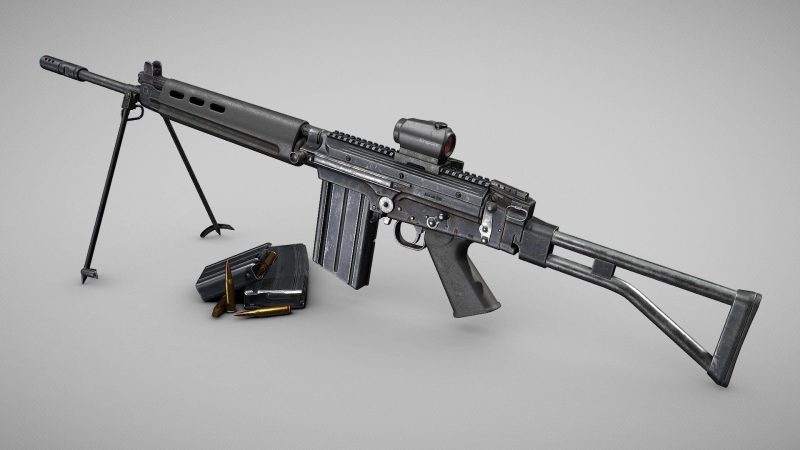
Just about any FN FAL variation is a fine combat rifle. The period when the FN FAL was one of the dominant military rifles of the world is fast coming to a close as modem assault rifles is replacing it, much like what the prototype FN FALs were.
The FN FAL still has a long career left, particularly in the US among collectors and shooters of fine weaponry. It also has an application as a home or farm defense weapon and a good backup weapon for law enforcement personnel. There is no question that the FN FAL deserves a prominent place in history alongside the other great military rifles of the past, like the M1 Garand, the Mauser M98, and the Lee-Enfield.
Technical specifications
| Country of origin: | Belgium |
| Manufacturer: | Fabrique Nationale d’Armes de Guerre, Herstal |
| Designed: | 1947-1953 |
| Service: | 1953-present |
| Type: | Short-stroke gas piston, tilting breechblock |
| Caliber: | 7.62×51mm NATO, .280 British |
| Barrel: | 533 mm (21.0 in) |
| Weight (empty): | 4.25 kg (9.4 lb) |
| Effective firing range: | 600 m |
| Rate of fire: | 650-700 rounds per minute |
| Magazine capacity: | 20- or 30-round detachable box magazine. 50-round drum magazines are also available. |




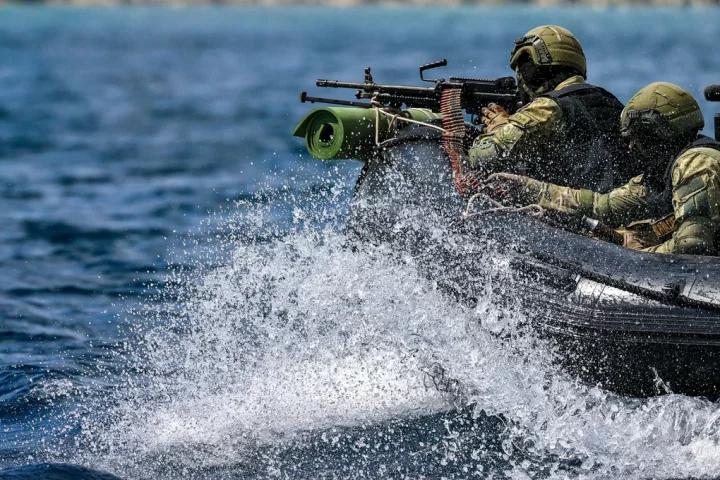
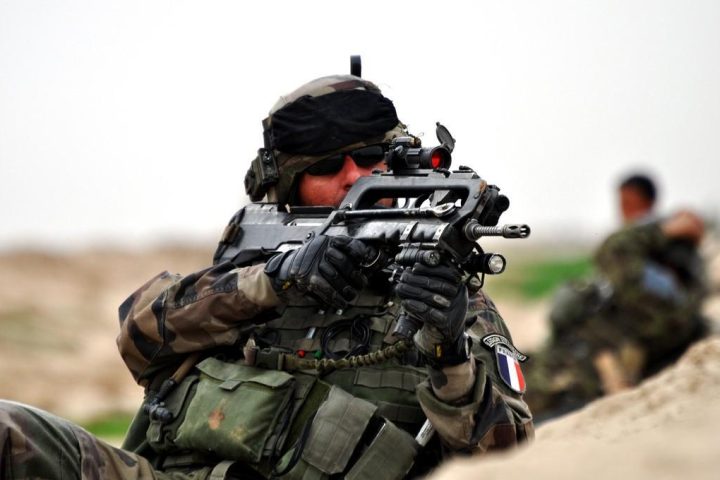
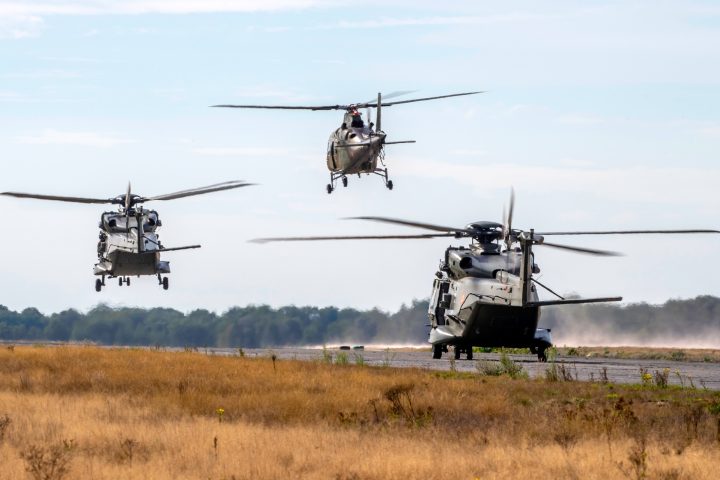
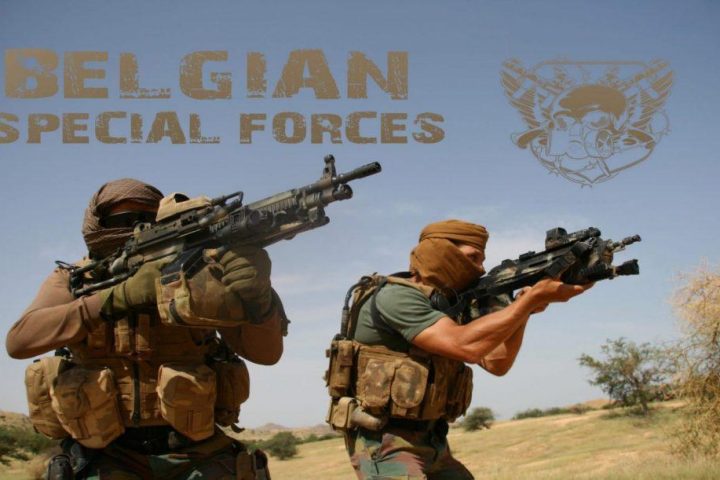







It was a brilliant weapon, the size of the round had real stopping power
It was very accurate and very robust
It didn’t need cleaning every day either, coped well in mud and rain
I got a 3 inch target with every shot from one magazine
I had previously use the Lee Enfield 303, another excellent weapon
The drill with a SLR was impressive as well (a lot better than the SA 80)
I enjoyed using the slr during my time in the army
You shot some with it, they didn’t get up very fast, they knew they had been hit